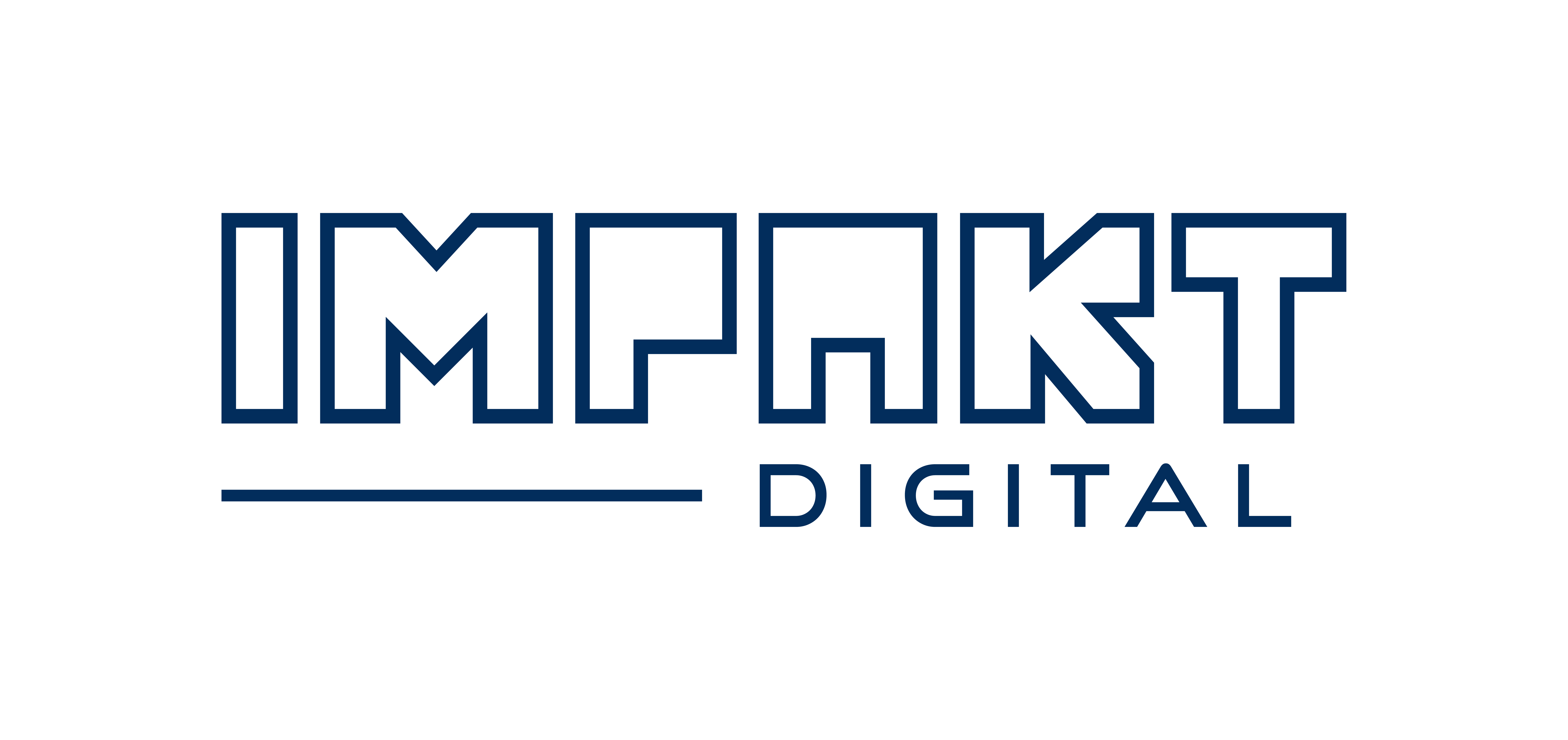
In today’s digital-first world, your audience is constantly searching for answers, solutions, and brands they can trust. Traditional advertising alone no longer cuts it. Enter content marketing—a powerful, cost-effective strategy that helps you educate your audience, build authority, and generate long-term growth for your business.
Whether you’re a small business, an e-commerce brand, or a service provider, content marketing is your best tool to stand out in a crowded market. In this comprehensive guide, we’ll walk you through the entire process—what it is, how it works, and how to build a strategy that fuels your business.
What Is Content Marketing?
Content marketing is the practice of creating and sharing useful, relevant, and engaging content with the aim of attracting and retaining a clearly defined audience—and ultimately driving profitable customer action.
Unlike traditional marketing that interrupts people with a sales pitch, content marketing works by offering value. Whether you’re helping someone solve a problem, make a decision, or learn something new, you’re earning their attention and trust.
Types of Content You Can Use
- Blog Posts – Great for SEO, education, and brand storytelling.
- Videos – Ideal for explaining complex topics or demonstrating products.
- Infographics – Turn data or processes into easy-to-understand visuals.
- Podcasts – Build a loyal audience by sharing conversations and insights.
- E-books & Guides – Perfect for lead generation and authority-building.
- Social Media Content – Drive engagement and brand awareness.
- Email Newsletters – Keep your audience engaged and informed.
Why Content Marketing Works for Business Growth
1. Builds Trust and Authority
When you consistently provide helpful, educational content, your audience starts to see you as a trusted source. Over time, this trust leads to loyalty and sales.
2. Increases Organic Visibility (SEO)
Every blog post, landing page, or content asset is a chance to rank on search engines. By targeting relevant keywords and search intent, you attract high-quality traffic that’s actively looking for what you offer.
3. Generates Leads and Conversions
Content can guide potential customers through the buyer’s journey—from awareness to consideration to decision. Educational blogs, product comparison guides, and case studies all play a role in converting readers into buyers.
4. Improves Customer Retention
Marketing doesn’t stop after the first sale. Content like how-to guides, email tips, or loyalty newsletters keeps customers engaged and reduces churn.
5. Offers Long-Term ROI
Unlike ads that disappear the moment you stop paying, content continues to work overtime. A blog post written today can still generate leads a year from now.
Creating a Content Marketing Strategy That Works
Step 1: Define Your Goals
Start with clear goals. Do you want to:
- Drive more website traffic?
- Generate more qualified leads?
- Educate your audience?
- Improve customer engagement?
Having measurable goals allows you to evaluate success and make data-driven decisions.
Step 2: Understand Your Audience
Who are you speaking to? What challenges are they facing? Use surveys, customer feedback, and analytics tools to build buyer personas that guide your messaging and tone.
Step 3: Perform Keyword and Topic Research
Use tools like Google Keyword Planner, Ahrefs, Semrush, or AnswerThePublic to discover:
- What your audience is searching for
- What questions do they have
- Which competitors are ranking for those terms
This ensures your content aligns with real demand.
Step 4: Choose Content Formats Wisely
Different stages of the buyer journey call for different formats:
- Awareness stage: Blog posts, social media, explainer videos
- Consideration stage: E-books, webinars, comparison guides
- Decision stage: Case studies, testimonials, product demos
Match the format to your audience’s behavior and needs.
Step 5: Plan Your Content Calendar
A content calendar helps you stay consistent and accountable. Use tools like Notion, Trello, or Google Sheets to plan:
- Topics and keywords
- Publishing dates
- Assigned team members
- Promotion strategy
Consistency is key. Even publishing once a week can produce compounding results.
Step 6: Create High-Quality, Value-Driven Content
Your content should:
- Answer specific questions
- Be easy to scan (use subheadings, bullet points)
- Include visuals where appropriate
- End with a compelling call-to-action (CTA)
Focus on being helpful. The more value your content provides, the more trust you build.
Step 7: Promote Your Content
Creating content is only half the battle—promotion is the other half. Use:
- Social Media – Share content across platforms like LinkedIn, Instagram, and Twitter.
- Email Marketing – Send newsletters or lead-nurturing sequences.
- SEO – Optimize your content to rank on Google.
- Paid Ads – Boost high-performing content to reach new audiences.
- Repurposing – Turn blogs into videos, infographics, or carousels.
Step 8: Measure and Improve
Use analytics tools like:
- Google Analytics – For traffic and behavior insights
- Search Console – For keyword performance
- HubSpot or Mailchimp – For engagement and lead data
Look at what’s working and double down. Update underperforming content or revise your strategy based on the data.
The Role of AI in Content Marketing: Embrace It, Don’t Fear It
AI is reshaping how businesses do content marketing. And instead of fearing it, businesses should view AI as a co-pilot that saves time, reduces costs, and unlocks creativity.
Here’s how smart businesses are already using AI:
1. AI-Powered Content Creation
AI tools like ChatGPT, Jasper, and Copy.ai help marketers quickly draft blog posts, product descriptions, social media captions, and email sequences. You still need a human to refine the message—but AI gives you a huge head start.
2. SEO Optimization with AI
Tools like SurferSEO and Clearscope use AI to analyze top-performing pages and suggest content structure, keyword density, and on-page improvements—making SEO far less guesswork and more science.
3. Personalized User Experience
AI can help you deliver personalized content recommendations, product suggestions, and dynamic emails—tailored to user behavior and preferences.
4. Predictive Analytics
AI can forecast what topics will trend next, how content will perform, and what kind of content resonates best with your audience—helping you create smarter, not just more, content.
5. Scaling Without Compromising Quality
For startups or small teams, AI helps scale your content marketing without needing a 10-person team. From generating outlines to creating graphics with AI design tools, the efficiency gains are massive.
Remember: AI won’t replace your brand voice, empathy, or human insight. But it will make your team faster, smarter, and more strategic.
Real-World Success Stories
- HubSpot scaled their user base through consistent blogging, free resources, and email courses.
- Beardbrand turned YouTube videos and blog tutorials into a multi-million-dollar grooming brand.
- Glossier built a cult following by turning customer feedback and beauty tips into highly shareable content.
Their secret? They built trust with valuable content—and stayed consistent.
Common Pitfalls to Avoid
- Publishing low-effort, generic content
- Prioritizing quantity over quality
- Ignoring SEO fundamentals
- Not repurposing content across platforms
- Skipping content promotion
Avoid these, and you’ll be miles ahead of the competition.
FAQs
How long does content marketing take to show results?
Most businesses start seeing measurable results in 3 to 6 months, depending on consistency, SEO, and promotional efforts.
Is content marketing good for small businesses?
Absolutely. Even local businesses can benefit by publishing blogs, customer FAQs, and how-to guides that target their niche.
How often should I publish content?
Once or twice a week is ideal for momentum. The key is consistency—don’t burn out trying to publish daily if you can’t sustain it.
Is blogging still relevant in 2025?
Yes, especially when optimized for SEO and combined with multimedia content like video or podcasting.
Conclusion: Grow Your Business with the Power of Content
Content marketing is no longer optional—it’s a necessity in a world where trust, attention, and information are everything. The good news? You don’t need a massive budget to succeed. All you need is a clear plan, great content, and consistency.
At Impakt Digital, we’ve helped dozens of businesses turn their content into a growth engine. Whether you need help with SEO, blog strategy, social media content, or AI-assisted content workflows—we’re ready to guide you every step of the way.
Let’s create content that drives real impact. We’re not just another agency—we’re your growth partner. Contact us today to learn more.



